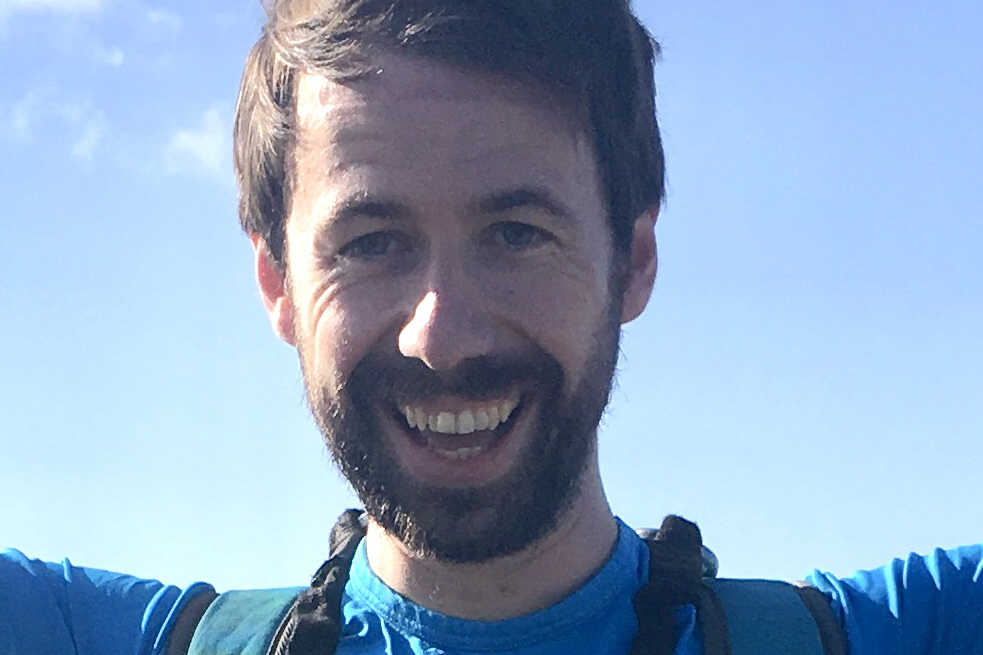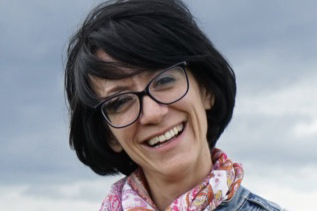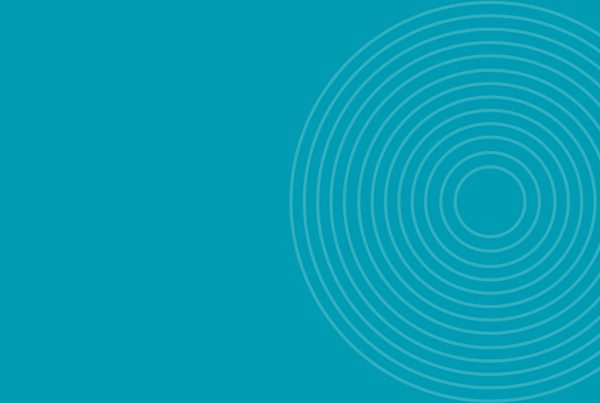Since its first demonstration in 2007, X-ray ptychography has revolutionised nanoscale phase contrast imaging at large-scale synchrotron sources. The technique produces quantitative phase images with the highest possible spatial resolutions (10’s nm) – going well beyond the conventional limitations of the available X-ray optics – and has wide reaching applications across the physical and life sciences.
We present here the first demonstration that X-ray ptychography can be performed in a laboratory setting under the correct experimental conditions. The results not only prove the robustness of the ptychographic imaging but represent a first step toward unlocking a powerful imaging technique to a wider community. By increasing its accessibility, X-ray ptychography is now likely to become a new everyday tool for research, education and diagnostic.
The webinar is 40 minutes, followed by a 5 minute Q & A.
Speakers

Dr Darren Batey
Beamline scientist at I13-1, Diamond Light Source
Darren is currently the beamline scientist at I13-1 of the Diamond Light Source. His academic carrier began at the University of Sheffield, where he was awarded his PhD in “Ptychographic Imaging of Mixed States” in 2015. His doctoral thesis consists of several novel technique developments across the visible, X-ray, and electron regimes. His work on the ptychographic sampling condition, as well as mixed-states and multi-wavelength ptychography, has expanded the technique beyond many of the conventional limitations of coherent diffraction imaging. His work has more recently led to the first demonstration of broadband X-ray spectral-ptychography and now laboratory-based ptychographic imaging.

Dr Silvia Cipiccia
Lecturer in the Advanced X-ray Imaging group, University College London
Silvia is a lecturer in the Advanced X-ray Imaging group at the University College London. Before joining UCL, she was beamline scientist at I13-1 of the Diamond Light Source where she developed multimodal nano-scale imaging based on coherent diffraction imaging techniques, and in particular x-ray ptychography. Previously, Silvia was at the University of Strathclyde where she was awarded her PhD in compact x-ray sources based on laser wakefield accelerators. Silvia was later awarded the Chancellor Fellowship and went on to become a project associate at CERN within the AWAKE project, the first proton-driven wakefield accelerator.
To view this webinar, please fill out the form below.

